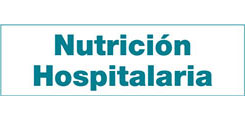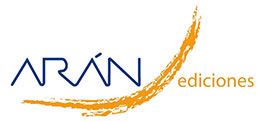Trabajo Original
Parasitic infections, malnutrition and anemia among preschool children living in rural areas of peshawar, pakistan
Zia Ud Din, Lubna Pervez, Muhammad Abbas, Imran Khan, Zafar Iqbal, Mudassar Iqbal
 Número de descargas:
15959
Número de descargas:
15959
 Número de visitas:
10017
Número de visitas:
10017
 Citas:
9
Citas:
9
Compártelo:
Introduction: it has previously been shown that parasitic infections (PI) have deleterious effects on the nutritional status of the host, particularly among young children.Objective: the objective of this study was to estimate the severity of the problem of malnutrition and anemia in association with PI in preschool children and to identify the possible risk factors that contribute to these health problems.Methods: four hundred and thirty-seven mother-child pairs were randomly selected from rural areas of Peshawar, Pakistan. Children with visible and invisible worms were identified. The nutritional status of the respondents was evaluated. Structured questionnaires were used to collect data on relevant parameters. Appropriate statistical tests were used to analyze the data.Results: the average age of the children was 24 ± 10 months. A total of 120 (27.5%) fecal samples of children tested positive for several parasites. Of the total, 267 (61%), 205 (47%), 109 (25%) and 140 (32%) children were anemic, stunted, wasted and underweight, respectively. The majority of wasted children (59% wasted versus 41% normal) and anemic (66% anemic versus 34% non-anemic) were infected with parasites (p < 0.05). Independent factors related to child anemia included child age, family size, mothers’ awareness of overall child healthcare, and PIs. PIs were independent risk factors for malnutrition and general child wasting. Sociodemographic, parental and child-related risk factors for PIs included mothers’ poor nutritional status and awareness level regarding overall child healthcare, fathers’ formal education, child’s pica habit, child’s age, open sewage system in the houses and family size.Conclusion: in general, malnutrition and anemia were highly prevalent in children in association with PI.
Palabras Clave:
Artículos más populares
Revisión: Inteligencia artificial generativa ChatGPT en nutrición clínica: avances y desafíos
ChatGPT y otras herramientas de inteligencia artif...
Revisión: Suplementación con micronutrientes y sus beneficios: ¿por qué y cuándo?
Introducción: los micronutrientes participan en la...
-
Licencia creative commons: Open Access bajo la licencia Creative Commons 4.0 CC BY-NC-SA
https://creativecommons.org/licenses/by-nc-sa/4.0/legalcode




